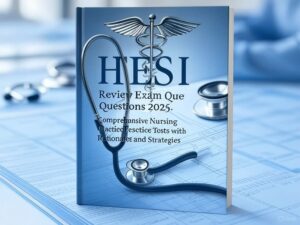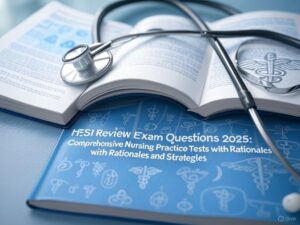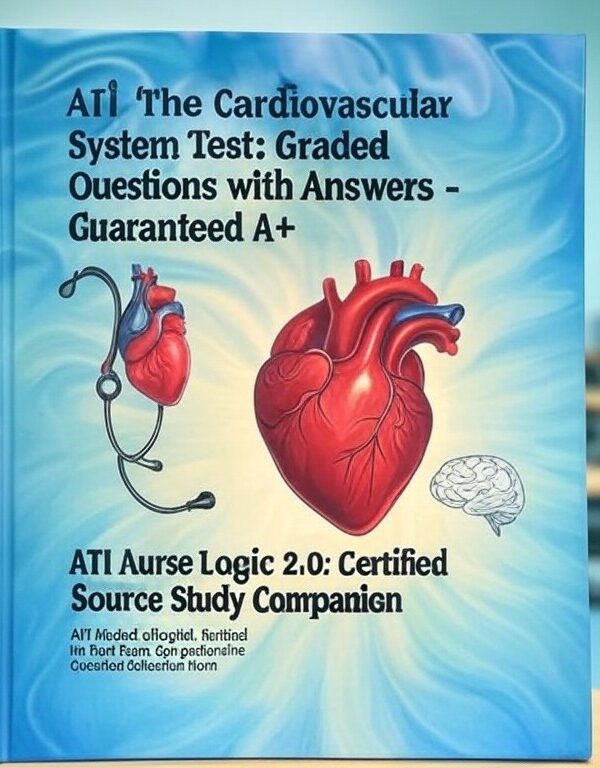-
100+ real HESI exam questions with verified answers
-
Detailed rationales for each question to enhance understanding
-
Proven strategies to improve test-taking skills and confidence
-
Covers critical nursing topics: pharmacology, patient care, and more
-
Updated 2025 content aligned with the latest HESI standards
-
Includes Next Generation NCLEX (NGN)-style questions
-
Perfect for comprehensive nursing exam review and guaranteed success
Preview
The nurse assigns an unlicensed assistive personnel (UAP) to obtain vital signs from a very
anxious client. What instructions should the nurse give the UAP?
A. Remain calm with the client and record abnormal results in the chart.
B. Notify the medication nurse immediately if the pulse or blood pressure is low.
C. Report the results of the vital signs to the nurse.
D. Reassure the client that the vital signs are normal.
Correct Answer: C
Rationale:
UAPs can collect data but cannot interpret or act independently on clinical findings. They
must report findings to the nurse, who will assess and intervene as needed.
• Option A allows inappropriate documentation of abnormal findings without nurse
review.
• Option B asks the UAP to make a clinical judgment, which is not within their scope.
• Option D involves providing clinical reassurance, which is a nursing responsibility.
Question:
An older client who is unresponsive following a cerebral vascular accident (CVA) is receiving
bolus enteral feedings through a gastrostomy tube (GT). What is the best position for the
client for administration of the bolus tube feedings?
A. Prone
B. Fowler’s ✅
C. Sims’
D. Supine
Correct Answer: B
Rationale:
Fowler’s position (or at least a 30–45° elevation) is ideal to prevent aspiration and promote
gastric emptying during bolus feedings.
• Option A (prone) and C (Sims’) are unsafe and inappropriate for tube feeding.
• Option D (supine) increases the risk of aspiration, especially in unresponsive clients.
Question:
At the time of the first dressing change, the client refuses to look at her mastectomy incision.
The nurse tells the client that the incision is healing well, but the client refuses to talk about
it. Which is the best response to this client’s silence?
A.
“It is normal to feel angry and depressed, but the sooner you deal with this surgery,
the better you will feel.”
B.
“Looking at your incision can be frightening, but facing this fear is a necessary part of
your recovery.”
C.
“It is OK if you don’t want to talk about your surgery. I will be available when you are
ready.” ✅
D.
“I will ask a woman who has had a mastectomy to come by and share her
experiences with you.”
Correct Answer: C
Rationale:
The best therapeutic approach is to respect the client’s emotional readiness and offer
support without pressure. Option C communicates empathy and emotional availability,
fostering trust and allowing the client to open up on her own terms.
• Option A and B may feel pressuring or judgmental.
• Option D could be helpful later, but is premature if the client is not yet ready to
engage.












Reviews
There are no reviews yet.